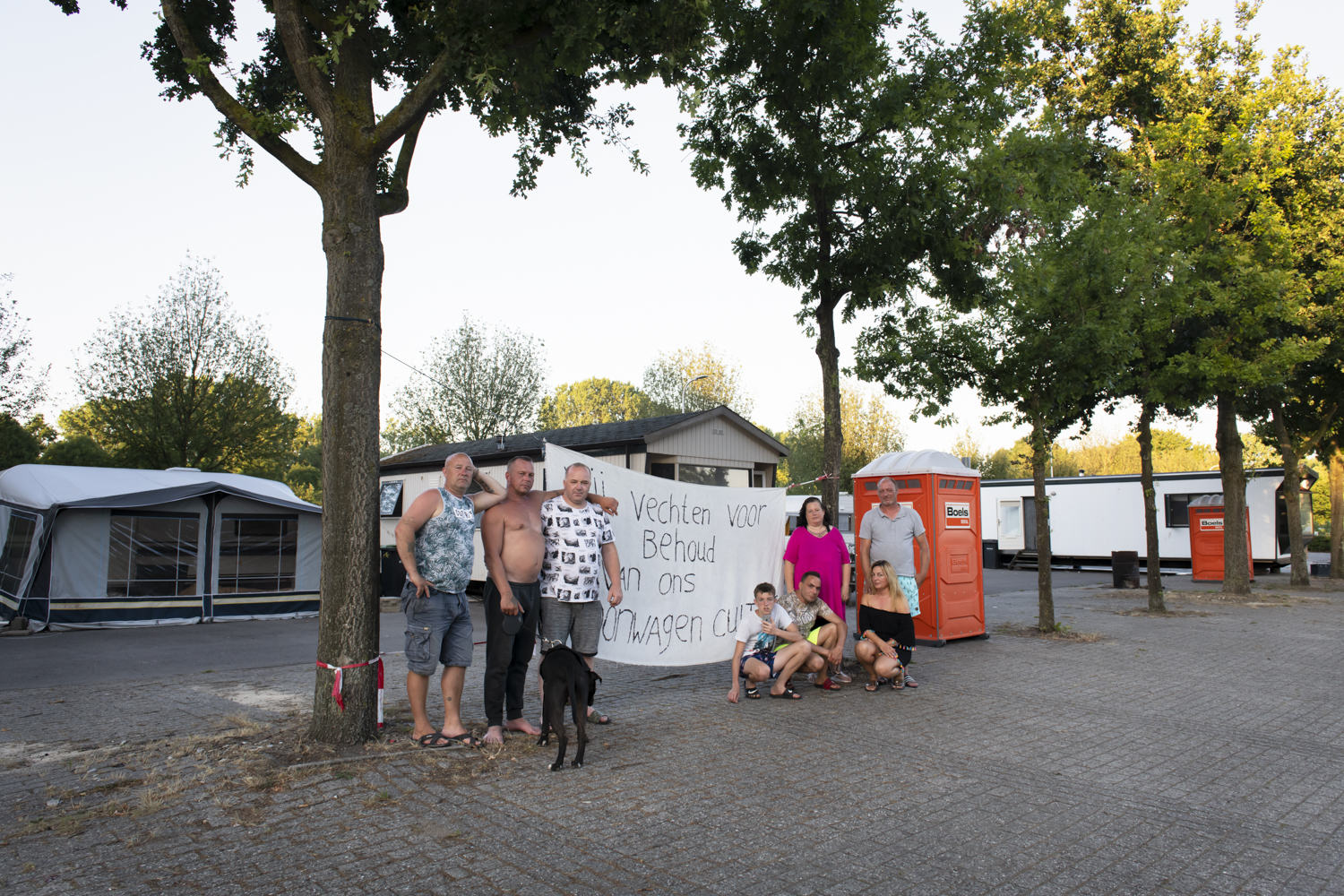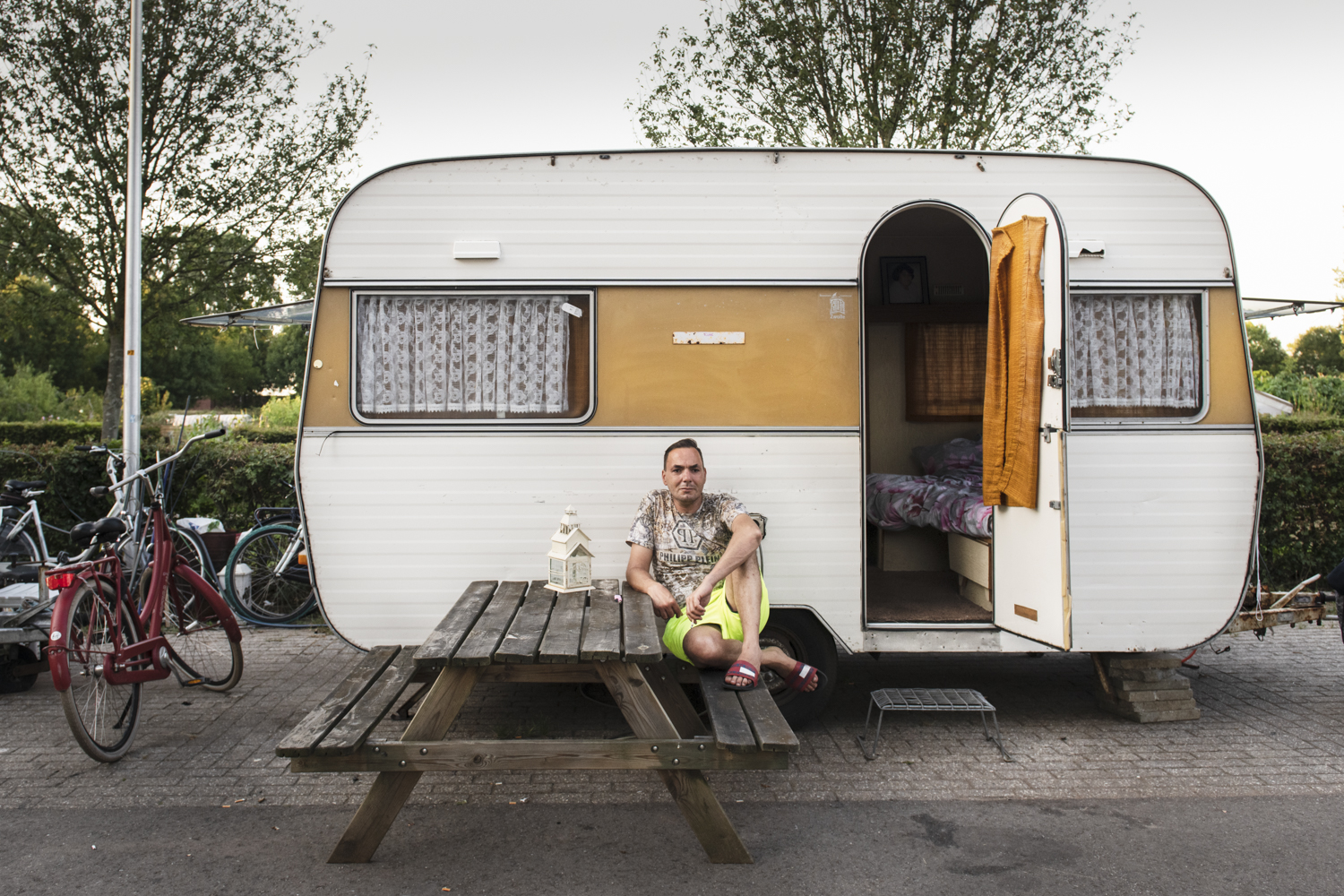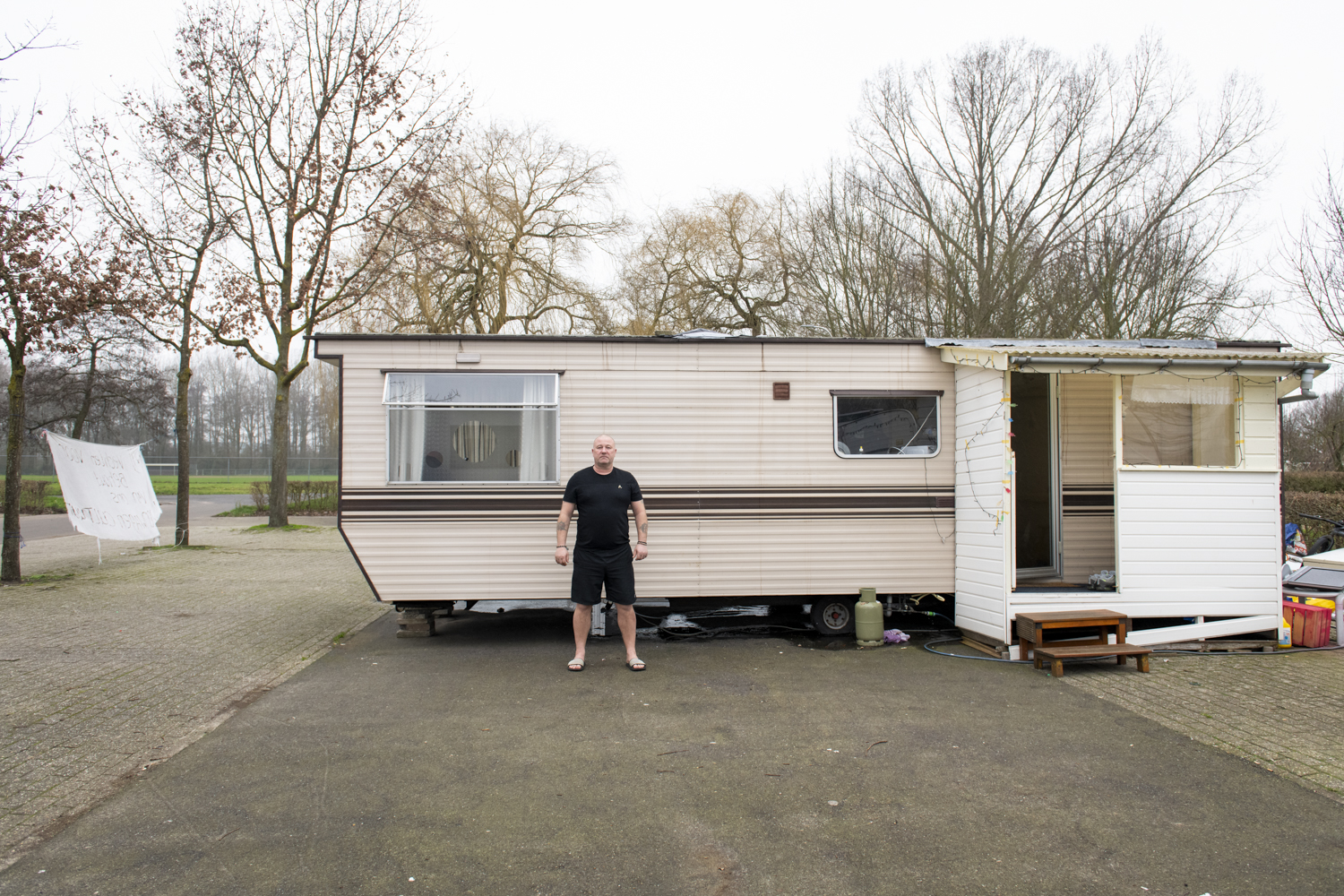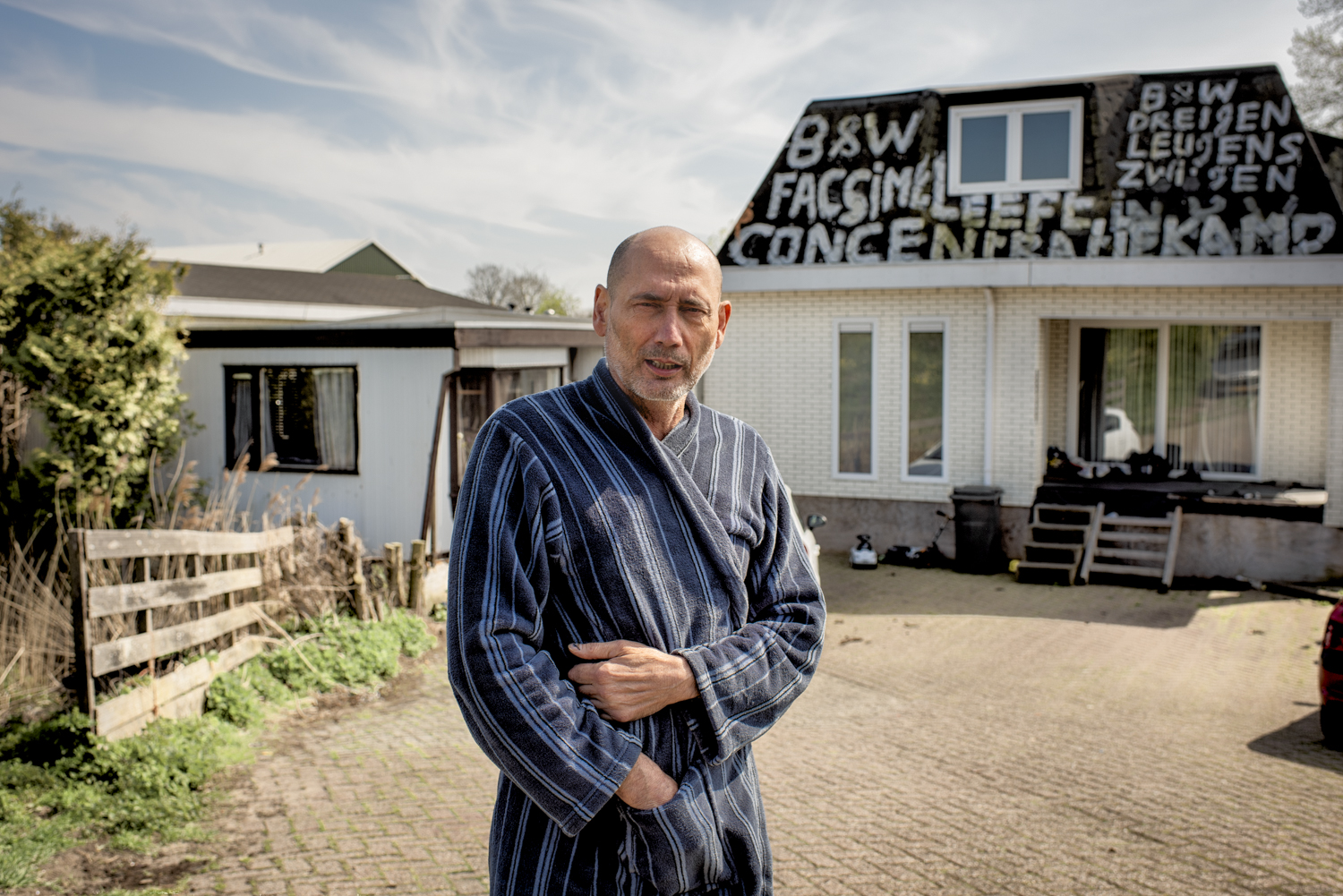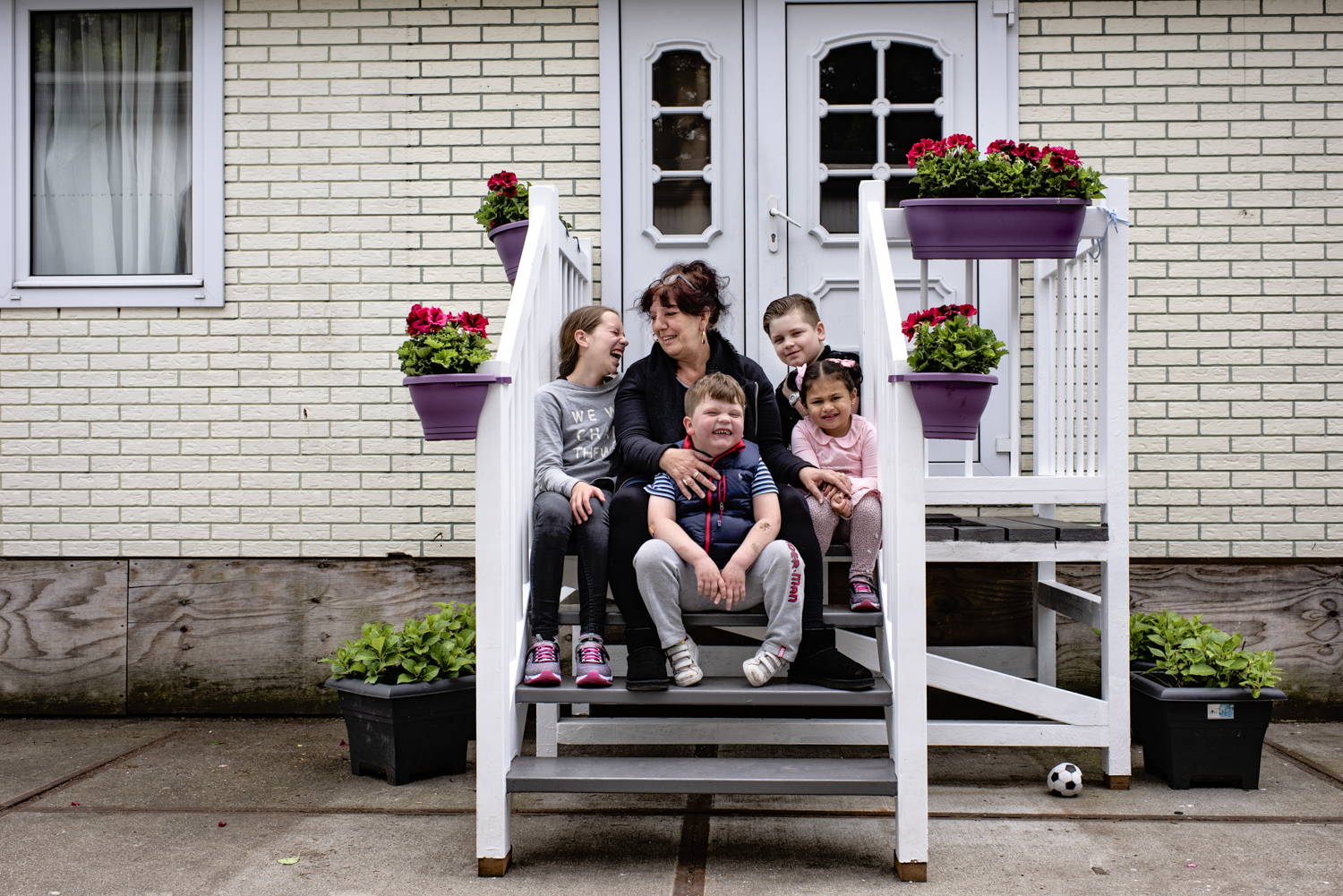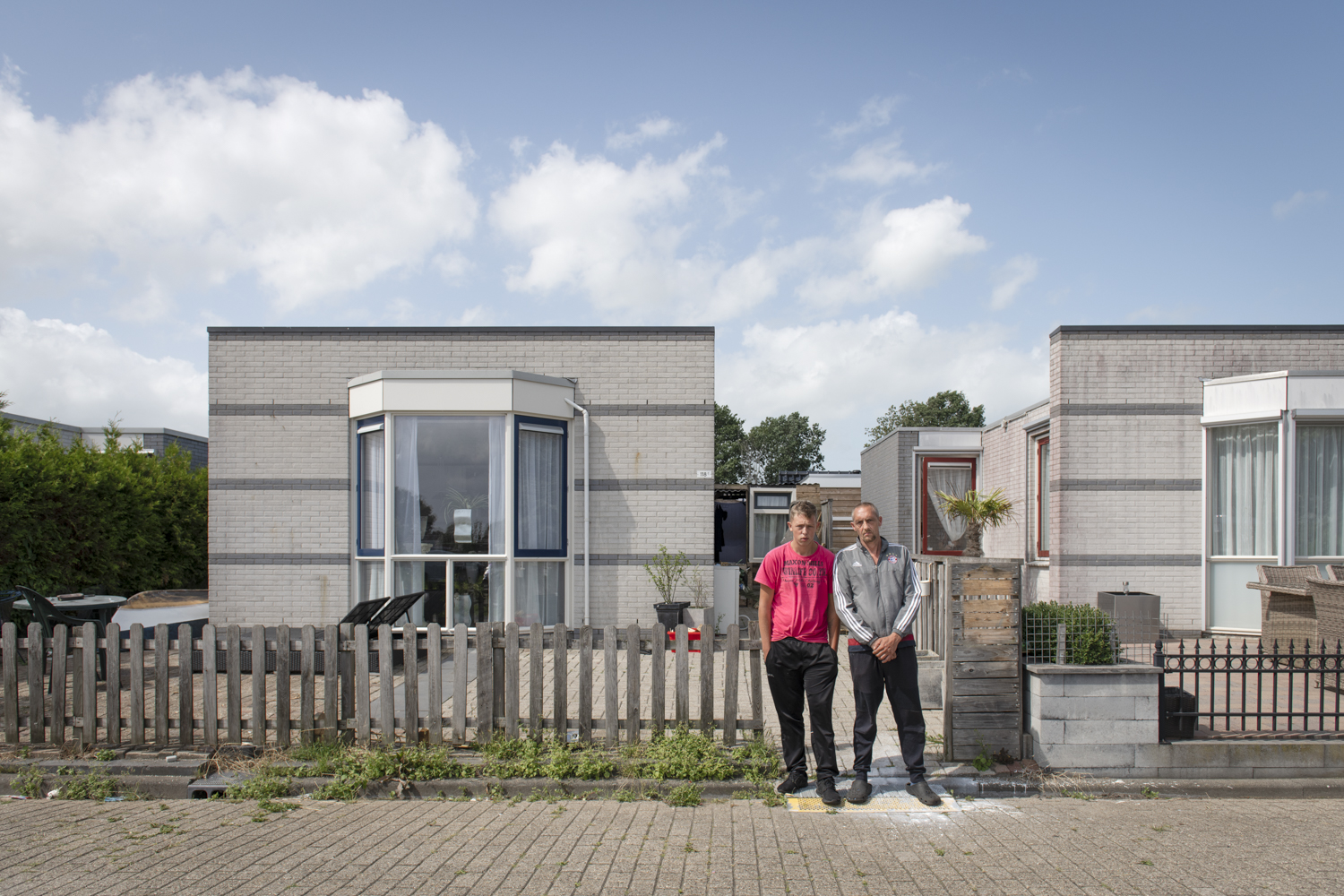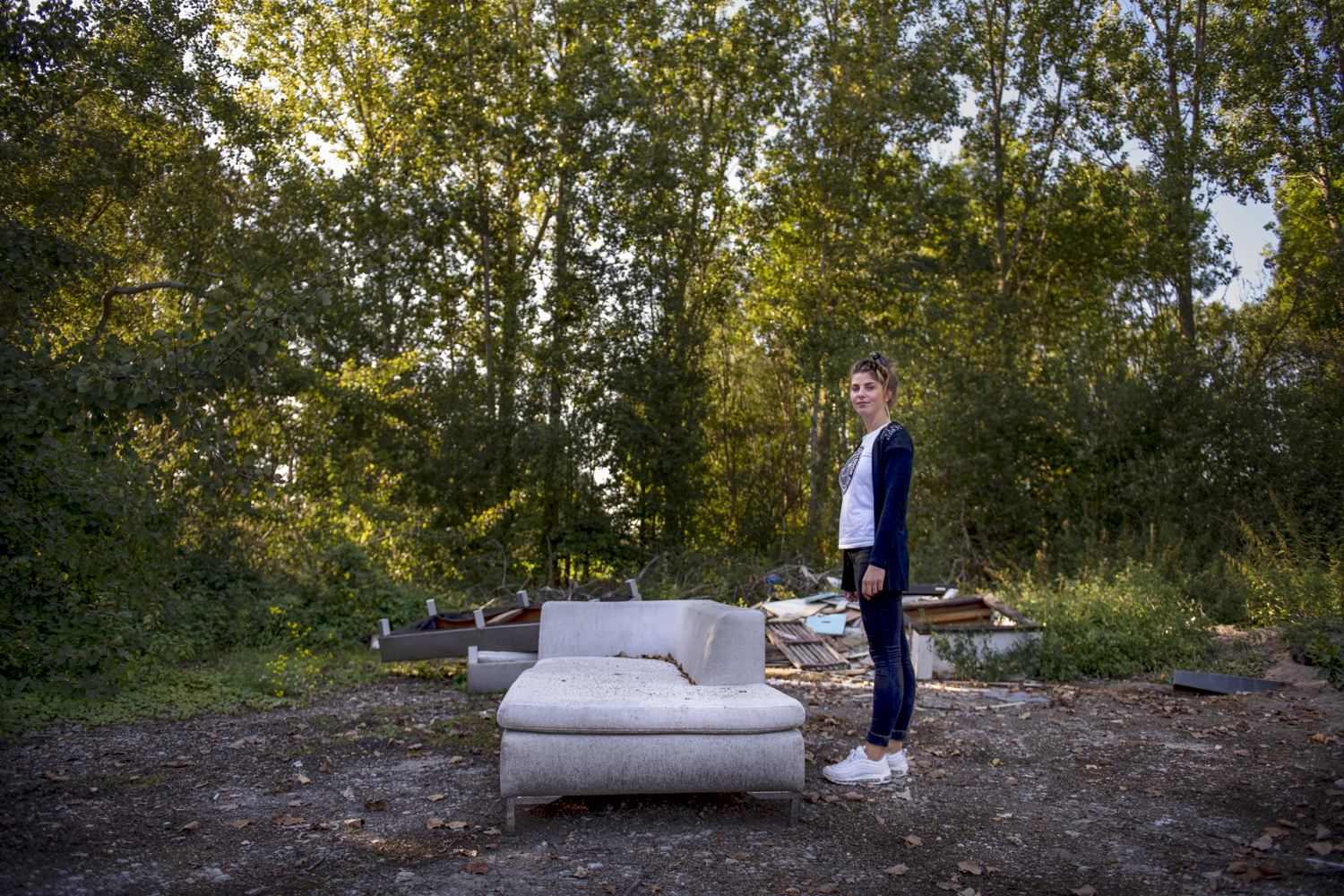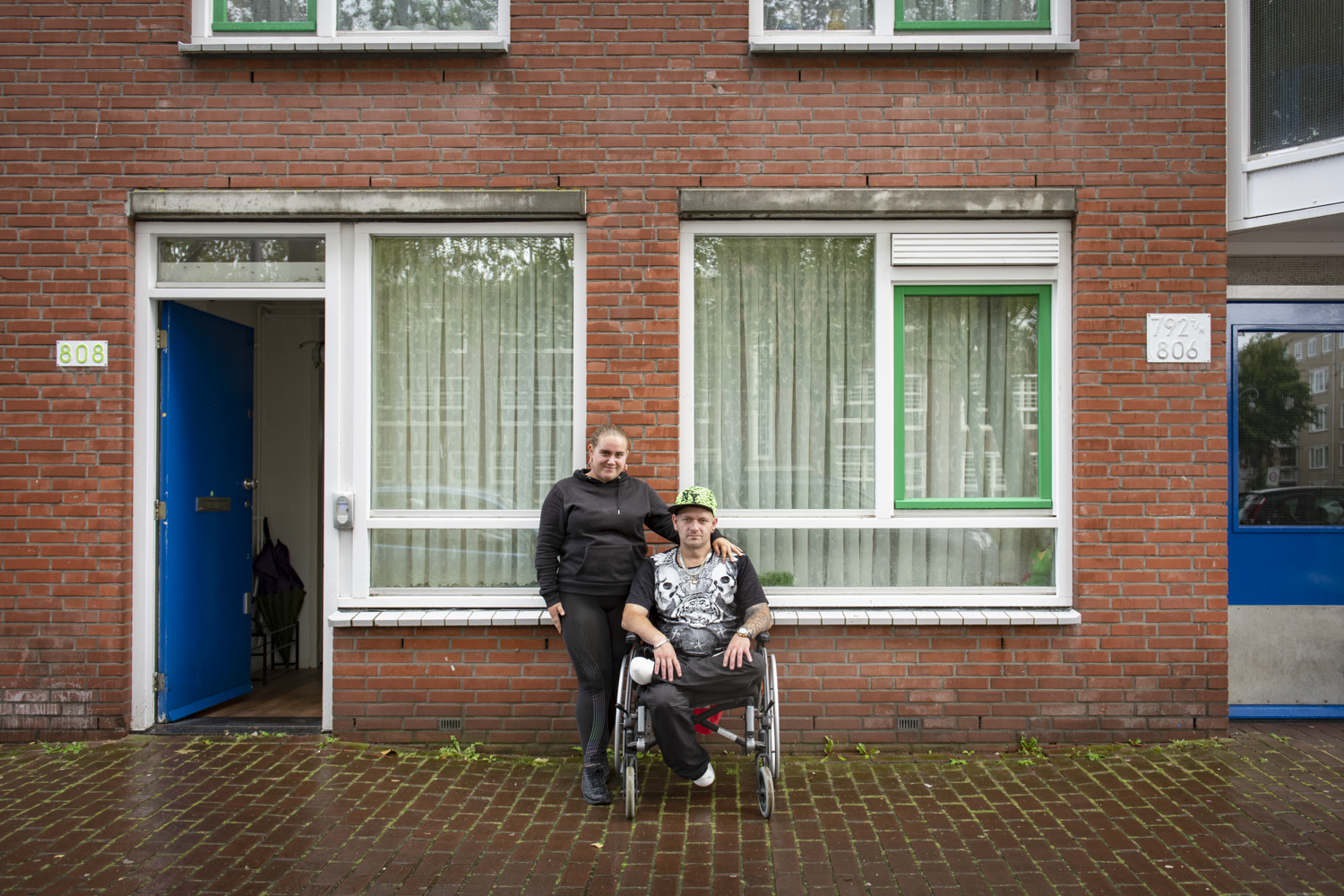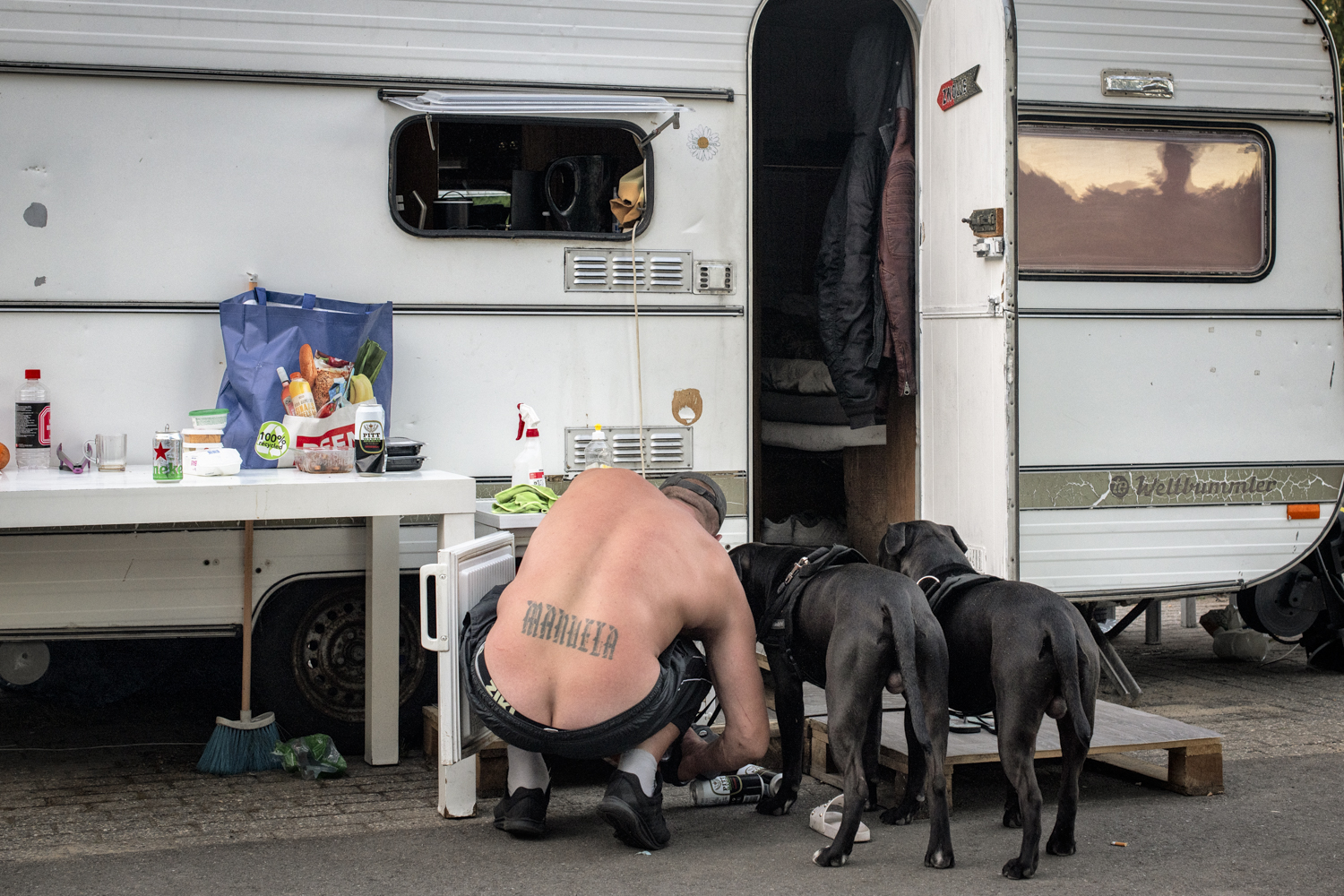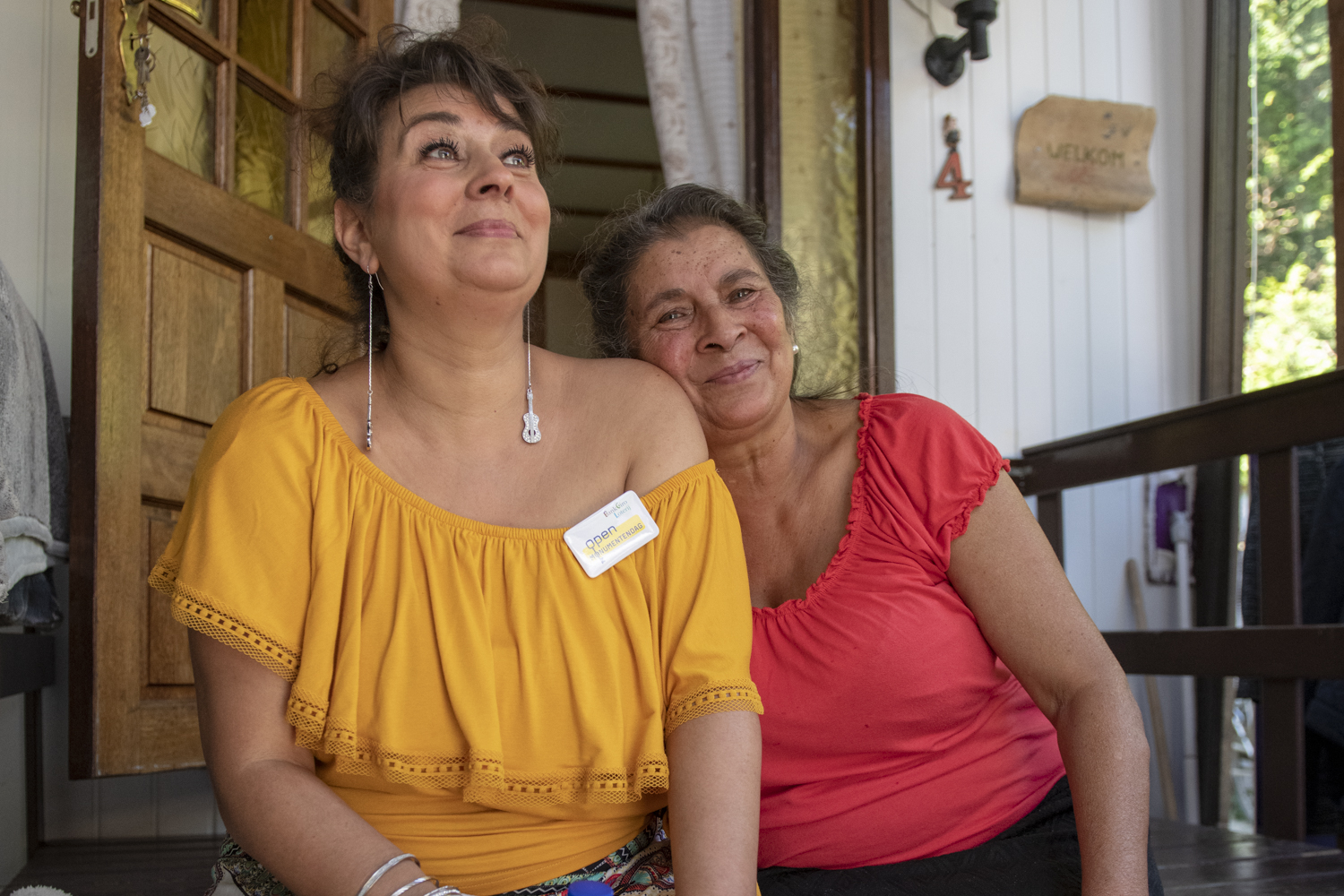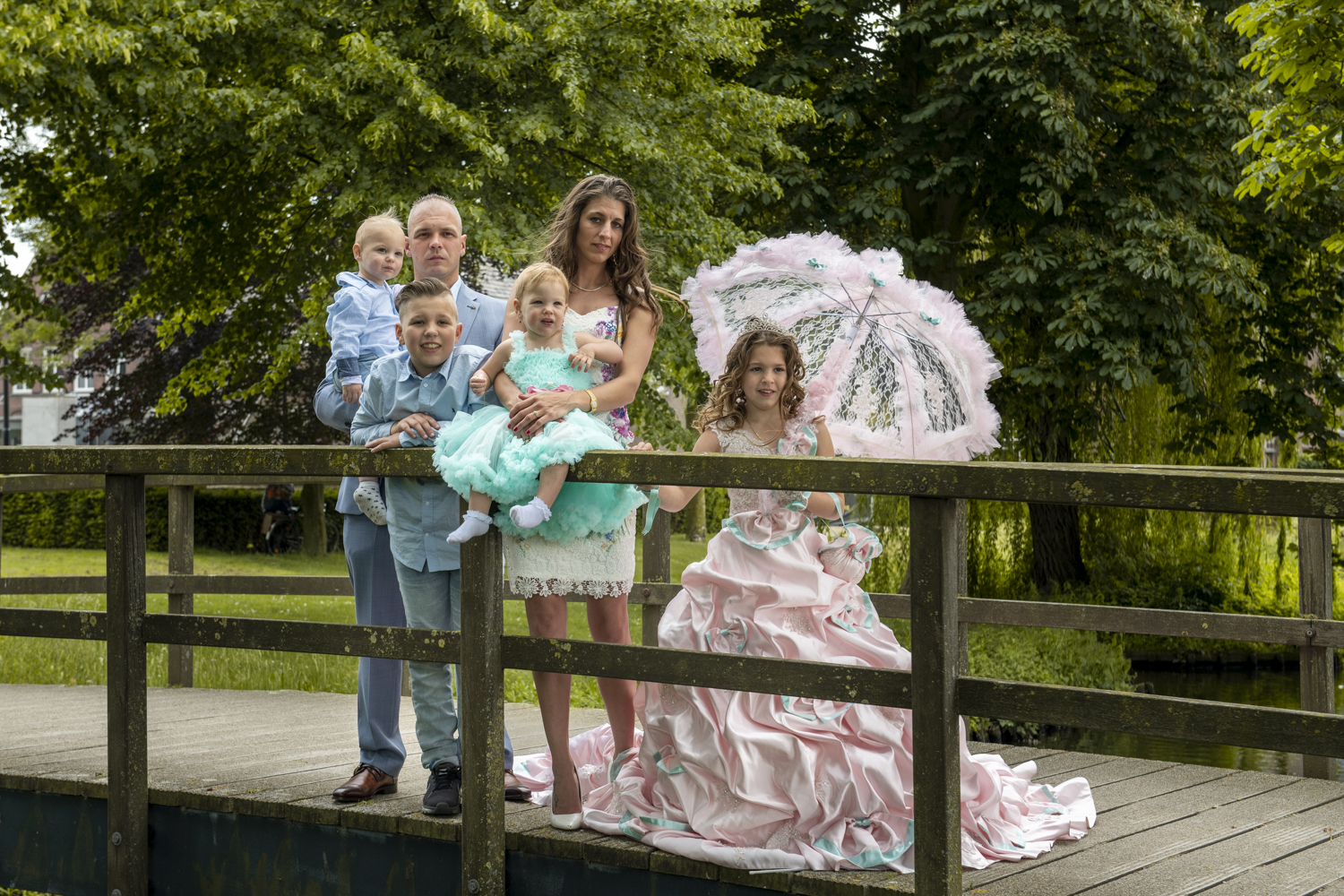Travelers in the Netherlands
“Our people have always traveled. When that was no longer allowed, we settled at camps, with our families. The wheels under our homes are the last connection to what we long for: traveling. We would die if they put us in a stone house.”
In 2019 I was granted the Louis Zaal Meesterklas, for my proposal ‘Waiting for a Miracle’. With the support of this grant, I started the search for travelers who, like my old friend Swanna, were forced to live in a house of stone. Some of them were living illegally on the premises of their family, or were homeless. It was a educational journey, full of impressive encounters and poignant stories. Stories of lost freedom and discrimination, of family ties, friendships for life and especially of longing for the way things used to be. I am grateful for the trust I have received from these people and for the tremendous hospitality with which they – without exception – have welcomed me in their homes and their lives.
Travelers in the Netherlands
Around 30,000 travelers (Roma, Sinti and Dutch travelers) live in the Netherlands. They used to travel from village to village to sell their merchandise, or to earn a living as a day laborer. In 1968 travelers were forced to settle permanently at camps. Free traveling around was prohibited by law. Initially there were a few large camps in the Netherlands, where travelers were placed. Practicing their trades became impossible: those who live on a camp with hundreds of people with the same profession, can no longer earn a living with grinding of knives or with pedals. During that time many travelers became dependent on welfare and some of them found other sources of income. There was no integration. Camps had their own schools and were situated on the outskirts of villages or towns. They were often gated – rather to keep travelers in than to keep civilians out. They were societies of their own.
Extinction policy
In the early 80’s, the large camps were closed and the residents were forcibly relocated to smaller camps, usually of 8 to 10 pitches. The large camps are said to be a breeding ground for crime. A sanctuary, the police and government would hardly have any control over. Its purpose, integration, has only been partially achieved. The establishment of a camp almost always leads to a lot of resistance in a neighborhood. To meet objections from local residents, there is often a camp with a high fence around it. There is then hardly any question of integration. Children were supposed to go to the nearest school, but travelers rather learn in practice than in school. They felt unwelcome and discriminated. In 1999, the travelers law was abolished and the government introduced the “extinction policy”. If travelers died or moved, their pitch on a camp would be closed. No new pitches were added and children who had grown up in a mobile home had little chance of ever getting their own place again.
Culture of travelers recognized by Unesco
In 2014, the culture of travelers was recognized as an intangible heritage and 4 years later, in 2018, the extinction policy was banned by Dutch minister Olongren (home office). Municipalities were instructed to identify the need for pitches and to create sufficient new places for travelers. However, not much has changed yet. More than 3000 households are waiting – and sometimes fighting – for a miracle. Because living in a house is not an option.

